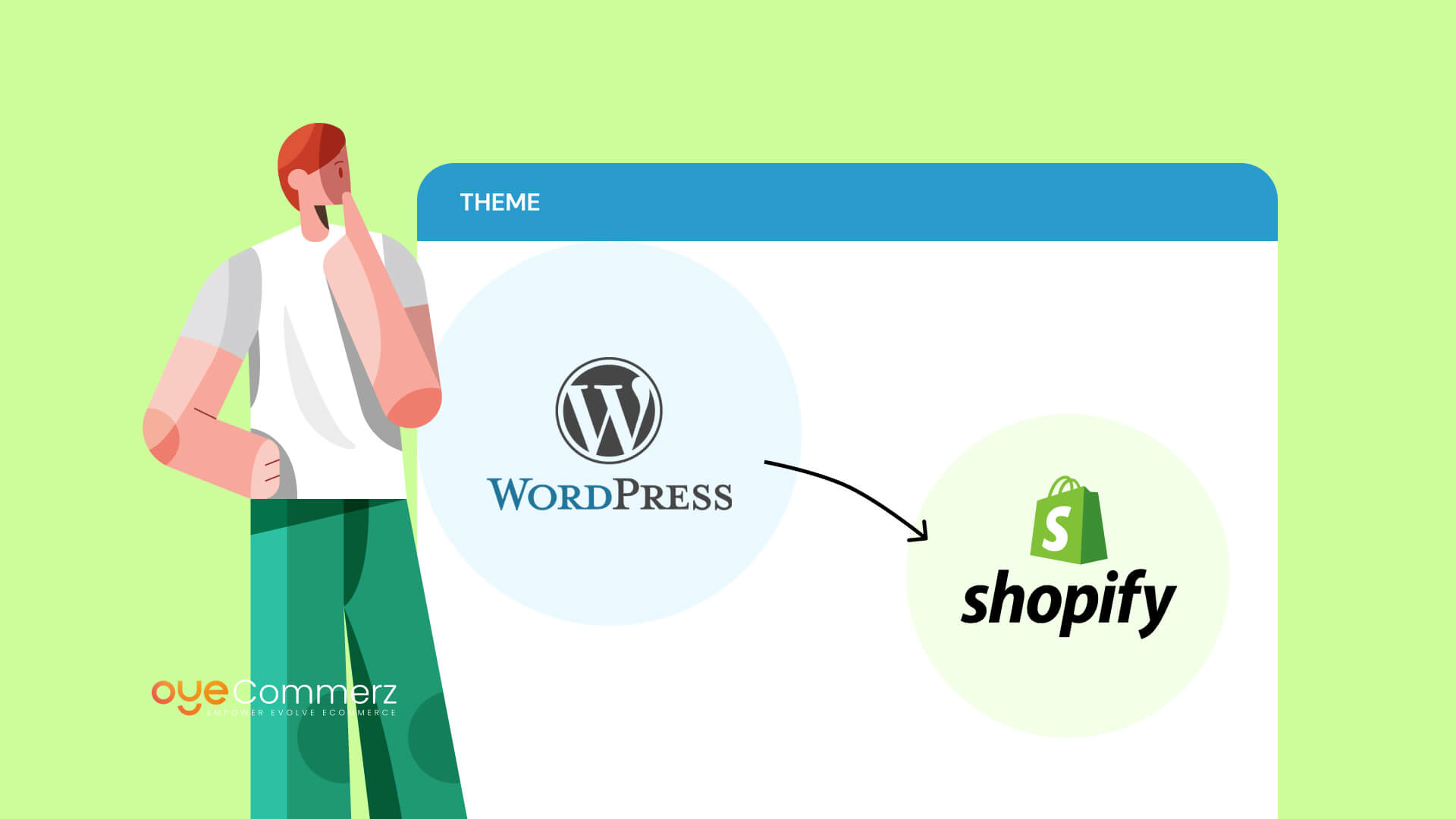Shifting from WordPress to Shopify is an promising step toward streamlining your e-commerce processes. As businesses expand, selecting a platform that supports scalability, UX, and customization is essential. Shopify has emerged as a preferred choice for online merchants, providing unmatched adaptability, security, and user-friendliness. In this guide, we will delve into the transformative impact of this migration, highlight the advantages, and share actionable steps to facilitate a seamless move.
1. Top Reasons to Transition from WordPress to Shopify
The combination of WordPress and WooCommerce, continues to support countless e-commerce platforms. However, as companies expand, issues like plugin dependency, security vulnerabilities, and complex setups often obstruct growth. Shopify, specifically created for e-commerce, eliminates these concerns with an all-in-one, intuitive platform. Real data back this shift—Shopify powers over 4.4 million stores globally, with a reported 10% boost to sales conversion rates for numerous merchants after migration.
2. Shopify's Perks for Thriving Online Stores
Shopify’s powerful platform is tailored for scaling brands. Its standout benefits are:
- Seamless Customization: Shopify provides over 80 expertly crafted themes.
- Integrated Tools: Capabilities such as Shopify Payments and integrated SEO save time and effort.
- Global Reach: Currency versatility and localization features empower brands to reach global markets.
Additionally, Shopify boasts an uptime rate of 99.98%, guaranteeing your website remains accessible.
3. Preparing for WordPress to Shopify Migration
Prior to starting the migration process, evaluate your current store. Analyze inventory details, client information, and search engine rankings. Resources such as Shopify’s Migration Kit or external tools help ease the transition. Develop a detailed strategy, ensuring all resources—item details, images, and blog content—are ready for seamless import.
4. Data Migration: A Critical Step
Data migration forms the foundation for a successful transition. When moving from WordPress to Shopify, focus on:
- Inventory Details: SKU, item summaries, and groupings.
- Client Information: Emails, order history, and preferences.
- Search Engine Considerations: Retain meta tags, URLs, and forwarding paths to maintain search rankings.
Leverage tools such as LitExtension to streamline data transfer while minimizing errors.
5. Customizing Your Shopify Store
Post-migration, personalizing your Shopify store helps it reflects your business identity. Utilize Shopify’s intuitive page builder to design pages effortlessly. Shopify's templates are mobile-responsive, ensuring a seamless UX across platforms—a critical factor, since 74% of e-commerce traffic is generated by mobile visitors.
6. How to Protect Your SEO Rankings When Switching Platforms
SEO is vital for preserving your visibility during migration. Shopify is highly optimized for search engines with Shopify vs WooCommerce pros and cons organized link formatting, built-in optimization tools, and smooth content management. Make sure you:
- Set up URL forwarding for existing links.
- Enhance updated content with targeted phrases.
- Leverage plugins like Plug in SEO to track analytics post-migration.
7. Essential Tests After Migrating to Shopify
After finishing the transfer, conduct thorough testing.
Check: - Page load times (Shopify boasts faster speeds compared to WP).
- Payment integration reliability and transaction flow.
- Mobile responsiveness.
Testing ensures your store provides a seamless shopping experience from day one.
8. Case Study of a Successful Migration
One such migration success story is Gymshark, a sportswear company that moved to Shopify. After the switch, the company experienced a 60% increase in mobile sales and reduced site downtime. This showcases the WooCommerce to Shopify migration potential of Shopify in driving online business success.
9. Overcoming Common Migration Issues
Migration is not without obstacles, such as data integrity and reconfiguring custom functionalities. However, Shopify’s extensive assistance and external professionals make overcoming these hurdles manageable. Partnering with experienced Shopify developers helps guarantee a trouble-free transition.
10. Making the Switch: The First Step Toward Success
Migrating from WP to Shopify marks a forward-thinking approach to online retail. By focusing on growth, simplifying management, and enhancing the customer experience, Shopify empowers businesses to succeed in competitive markets.
Conclusion
Transitioning from WordPress to Shopify is a strategic move that can greatly enhance your e-commerce success. With a well-structured strategy, the appropriate resources, and expert support, you can achieve new success milestones.
Ready to make the leap? Let’s discuss how our Shopify migration services can revolutionize your online store. Get in touch today, or consider: Is it time to seize Shopify’s advantages for your store?
